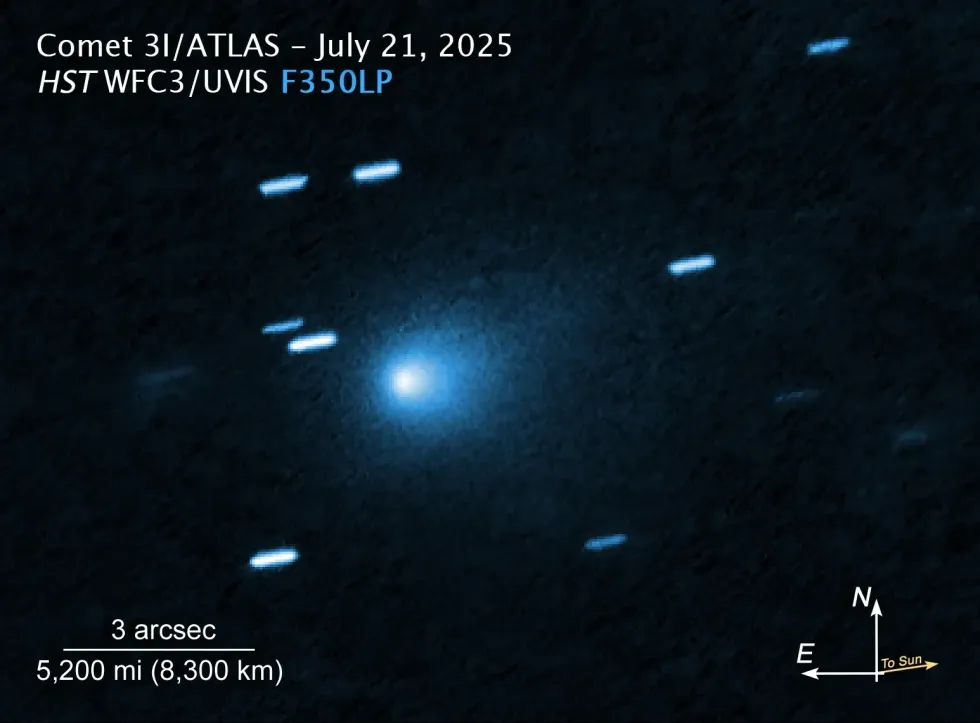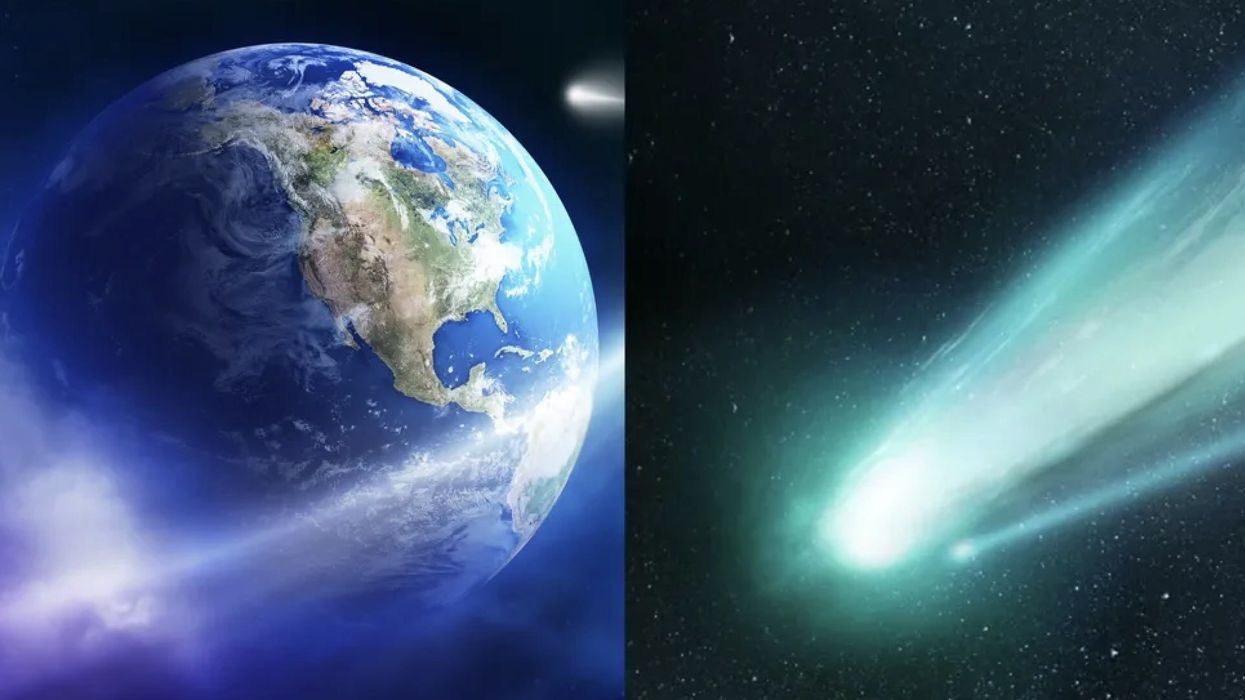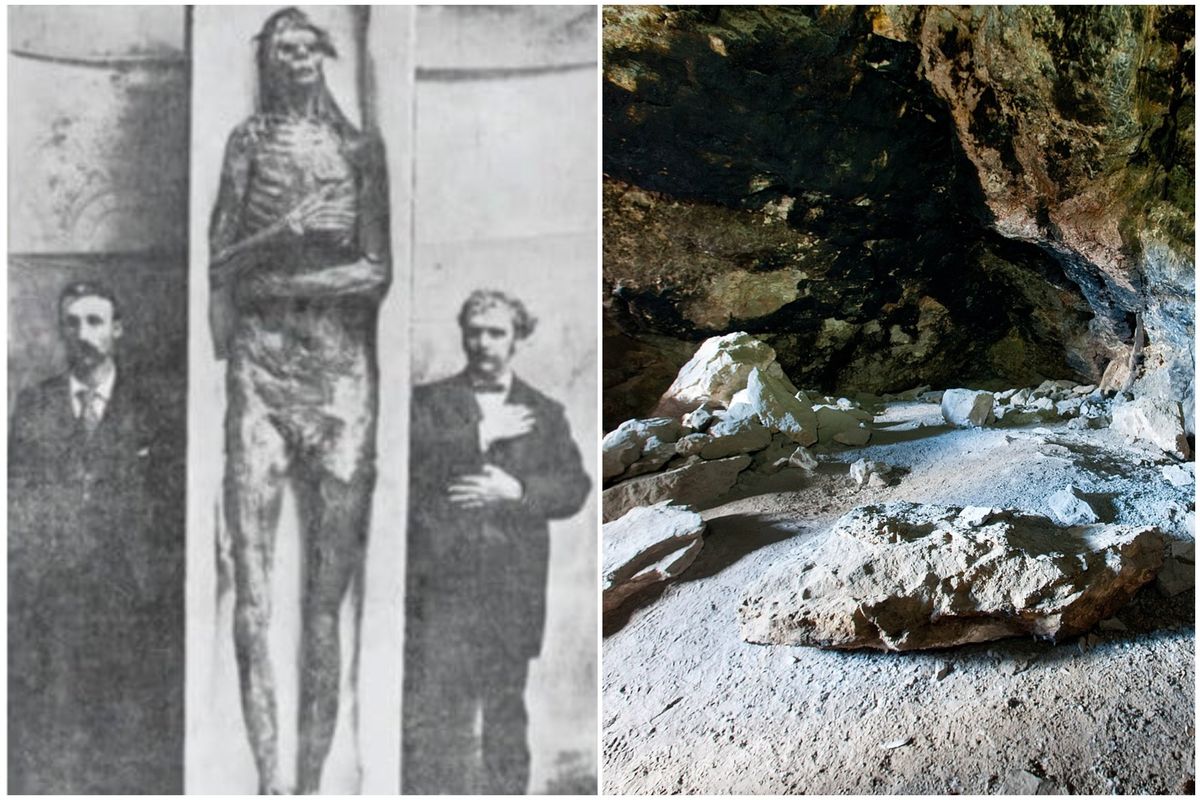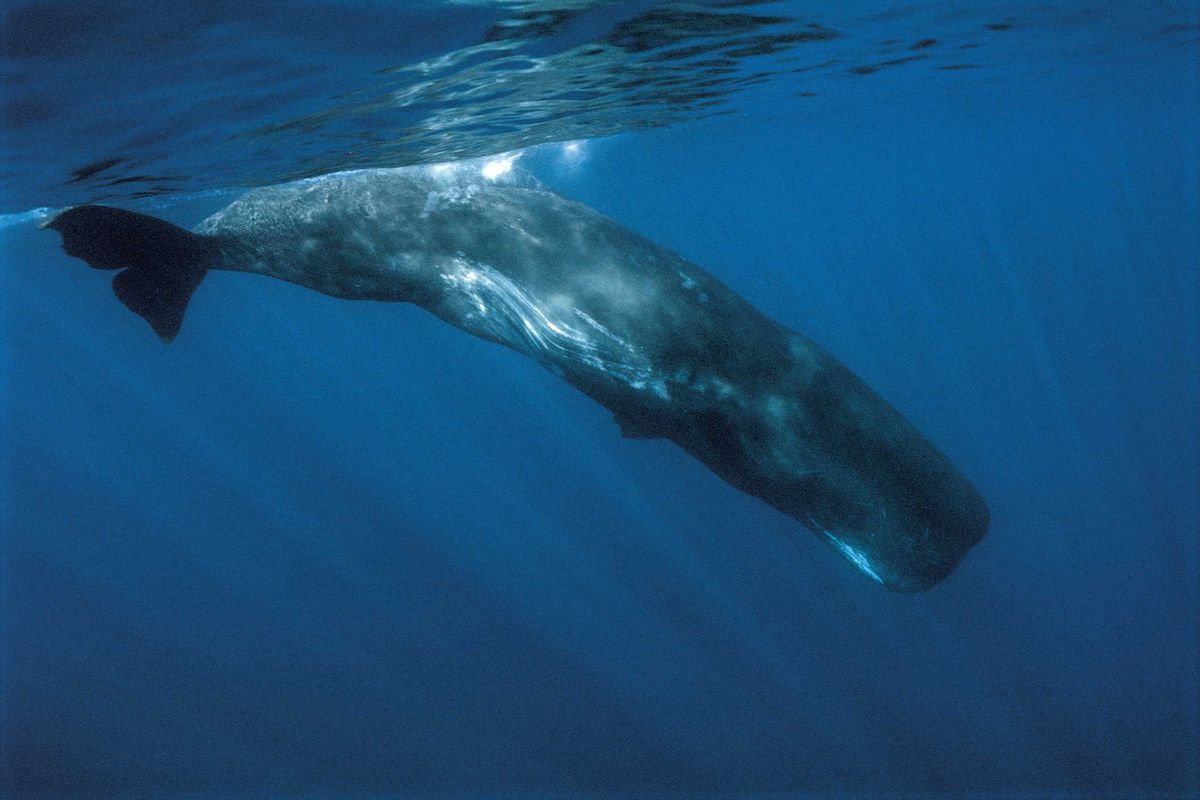Science & Tech
Ellie Abraham
Aug 23, 2025
'Interstellar' object spotted passing through Solar System
IAC
Scientists have discovered that a mysterious object hurtling through space from beyond the solar system is emitting its own light – and it’s headed right for us.
In what is only the third example of its kind to be observed, an interstellar object was seen by astronomers last month heading for the centre of our solar system
The officially unknown object has been dubbed 3I/ATLAS and caught the attention of astronomers, including Harvard’s Avi Loeb, who has suggested that previous interstellar objects are relics from an extraterrestrial civilization.
While there is a strong consensus among many other astronomers that 3I/ATLAS is a comet, Loeb has argued that it is not and pointed to evidence of a “glow of light” that is coming from the object.
In a blog post, Loeb argued that observations from NASA’s Hubble Space Telescope show a “glow of light, likely from a coma, ahead of the motion of 3I/ATLAS towards the Sun”.
Within this context, the coma of a comet is a hazy cloud of gas and dust that surrounds a comet’s nucleus.

Loeb wrote there is “no evidence for a bright cometary tail in the opposite direction”. This, some scientists have suggested shows that dust was evaporating from the side of the object that is facing the Sun.
However, Loeb, after deliberation with Harvard colleague, astrophysicist Eric Keto, has put forward another theory – that 3I/ATLAS itself is creating its own light.
Loeb argued the “simplest interpretation” of the object’s “steep brightness profile” is that its own nucleus “produces most of the light”.
He suggested that two different reasons why could be possible: first, the the object is made up of “rare fragment from the core of a nearby supernova that is rich in radioactive material” and is emitting radiation, or, that it is actually a “spacecraft powered by nuclear energy, and the dust emitted from its frontal surface might be from dirt that accumulated on its surface during its interstellar travel”.
He did, however, say that the first explanation was “highly unlikely” and that the second would need stronger evidence to be “viable”.
His theory, while out there, would mean the 3I/ATLAS is smaller than originally thought and would bring it roughly in line with the size of the two previous interstellar objects that have been observed, named Oumuamua and 2I/Borisov.
Later this year, 3I/ATLAS will pass very close to Mars – an opportunity that Loeb suggests should be utilised to more closely examine it.
Why not read…
- $5 million Mars rock found in Africa is being investigated for this reason
- A creepy experiment once predicted the end of the world
- Elon Musk warns about dangers of the sun - gets reminded he helped a climate change denier win election
Sign up for our free Indy100 weekly newsletter
How to join the indy100's free WhatsApp channel
Top 100
The Conversation (0)














